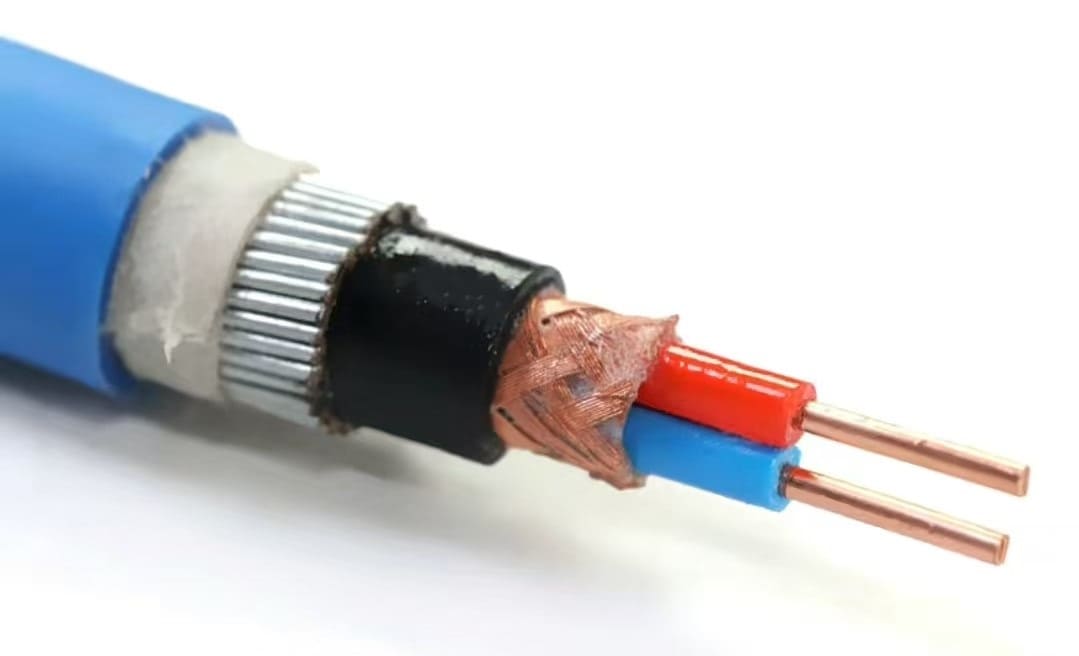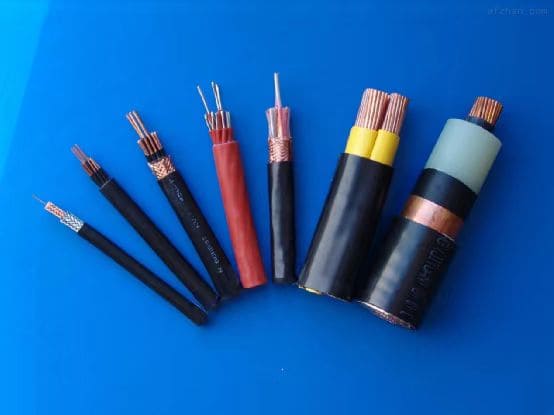IS (Intrinsically Safe) vs. NIS (Non-Intrinsically Safe) Cables: Comparison and Selection Guide


This guide provides a detailed comparison of IS (Intrinsically Safe) and NIS (Non-Intrinsically Safe) cables, covering their core differences, applicable scenarios, and selection criteria. Aligned with international standards (IEC, ATEX) and Chinese regulations (GB 3836, GB/T 19666), it helps engineers optimize cable selection for safety-critical environments.
1. Core Differences: Safety Design and Applications
| Feature | IS Cables | NIS Cables |
|---|---|---|
| Explosion Protection | Limits circuit energy (current/voltage) to prevent sparks | No energy limitation design |
| Applicable Environment | Hazardous areas (e.g., oil, chemical, mining) | Non-hazardous industrial/commercial areas |
| International Standards | IEC 60079-11, ATEX | IEC 60227, IEC 60502 |
| Chinese Standards | GB 3836.4, GB 3836.15 | GB/T 19666 (flame retardancy) |
| Structural Requirements | Compact filling, optional shielding/armor | Standard construction |
2. Key Selection Criteria: 5 Optimization Principles
-
Risk Assessment
-
IS Cables: Mandatory for Zone 0/1/2 (flammable gases/dust).
-
NIS Cables: Restricted to non-hazardous areas (e.g., factories, offices).
-
-
Structural Design
-
Compactness: Hazardous areas require circular, densely filled cables (core-to-sheath and core-to-core compaction) to prevent gas infiltration via "thermal pumping effects" (per GB 3836.15).
-
Shielding & Grounding:
-
Shielded cables require single-end grounding (equipment side) with resistance ≤4Ω.
-
Armored cables (e.g., IA-DJYPVP22) need armor-clamping devices for reliable grounding.
-
-
-
Material & Certification
-
IS Cables: Require IS parameter test reports (max current, voltage, capacitance, inductance) and system certifications (e.g., ATEX, IECEx).
-
NIS Cables: Must comply with flame retardancy (e.g., ZC class, GB/T 19666-2019) and general electrical standards.
-
-
Compatibility Verification
-
IS cables must match device parameters (e.g., capacitance ≤ device tolerance) to avoid energy overload.
-
-
Cost & Maintenance
-
IS Cables: Higher upfront cost but lower maintenance (safety prioritized).
-
NIS Cables: Cost-effective for non-explosive environments.
-
3. International Client Needs: Certifications & Documentation
-
Quotation Requirements: Specify cable type (IS/NIS), specs (cross-section, voltage, shielding/armor), length, and standards (e.g., IEC, NEC).
-
Certification Documents:
-
IS Cables: Provide system-level explosion-proof certifications (ATEX/IECEx) and IS parameter test reports.
-
NIS Cables: Submit flame retardancy test reports (GB/T 19666) or IEC compliance declarations.
-
-
Technical Support: Customized bilingual documents (datasheets, installation guides).
4. FAQs
Q1: Do IS cables require shielding?
-
Shielding is optional but recommended for high EMI environments (e.g., near inverters). Ensure single-end grounding.
Q2: How to validate IS system safety?
-
Submit IS parameter test reports (issued by CMA/CNAS-accredited labs) to confirm cable-device compatibility.
Q3: Can NIS cables be used near chemical plants?
-
Only in non-hazardous zones (e.g., control rooms). Hazardous areas mandate IS cables.
5. Summary & Recommendations
-
Choose IS Cables: High-risk explosive environments, ATEX/IECEx-certified projects.
-
Choose NIS Cables: General industrial/commercial setups with no explosion risks.
-
Certification Bodies: National Supervision and Inspection Center for Explosion Protection Equipment (China), TÜV Rheinland, SGS.
Leave a Reply
- HYA 50×2×0.4 Communication Cable: Reliable Solution for Guangzhou Surveillance Systems
- Why Does Your EV Stop Charging Suddenly? Let’s Troubleshoot!
- Yuedao Intelligent Empowers Guangzhou Metro to Set World Record for Fastest Subway Speed
- Become Our Local Partner - Expand Your Market with High-Quality Cables & Wires
